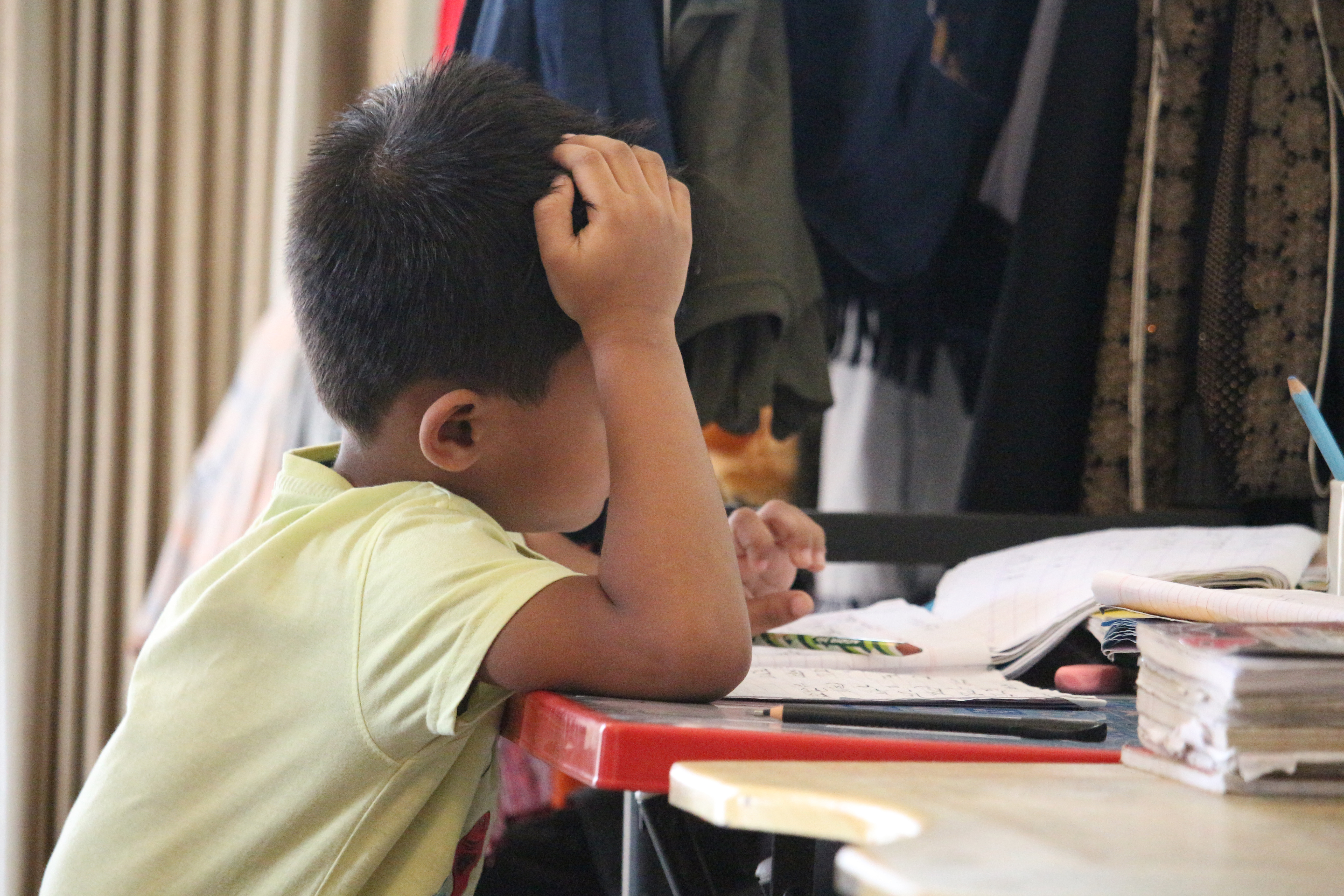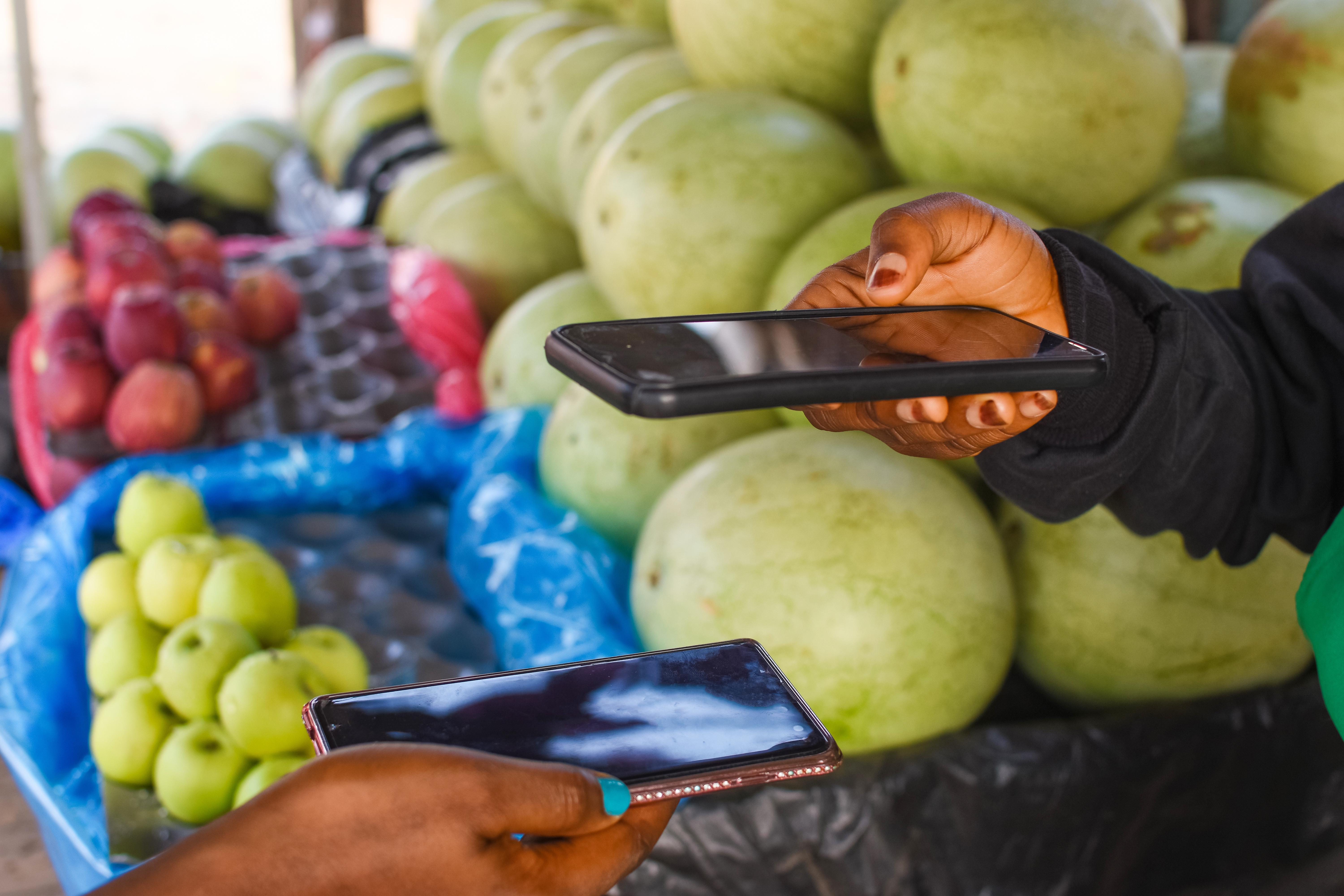India has embarked on a program using biometric identification to enable a shift from blanket price-based energy subsidies to targeted compensation payments based on actual, individual energy purchases. Shifting to direct compensation can improve efficiency and help eliminate waste and corruption, while protecting the most vulnerable segments of the population from higher prices. If the Direct Benefit Transfer for Liquefied Petroleum Gas (DBTL) were applied across India, it would save India nearly $1 billion a year. Imagine the effect if other countries adopted similar programs.
Thirty-seven million ghost consumers?
The Indian government has long subsidized liquefied petroleum gas (LPG) sales to households while taxing commercial purchases. In this system, LPG cylinders must be purchased from government-licensed distributors who deliver to both domestic and commercial consumers. After exceeding a relatively relaxed 12-cylinder annual cap on purchases for personal use, consumers are required to pay a higher market price, which is still lower than the commercial price. The large gap between the subsidized price and the taxed commercial price has not surprisingly led to a flourishing black market. About one-third of reported domestic consumers — 37 million people — were believed to be “ghost beneficiaries”: buyers and colluding distributors who created fake accounts to get access to subsidies.[1]
UID-based subsidy reform
India’s DBTL scheme relies on the country’s biometric-based Unique Identification (UID) program. The ID program has enrolled over 700 million people to date, making it the largest such initiative in the world. As part of the program, each citizen receives a 12-digit identification number (Aadhaar number) and can be authenticated by fingerprints or iris scans.
India launched the first phase of its DBTL scheme in 2013, encompassing 18 districts with high rates of Aadhaar enrollment. It extended the program to a total of 291 districts (out of 640 in total) before it was put on hold in March 2014. Under the scheme, LPG cylinders were sold at market prices, and households received a subsidy directly into their bank account after each unit purchased. To qualify for the subsidy, each consumer had to provide their unique identification number linked to their bank account.
What happened? Recent research by Prabhat Barnwal finds that fuel demand among individual households decreased by over 11 percent even though there was still a price wedge between market-based consumer and producer prices. These findings were supported by the changes observed after the suspension of the program in March 2014; sales to households reverted to pre-reform levels, while purchases in the nonsubsidized commercial sector decreased, suggesting a rise in black market sales. The black market price of LPG also tracked the reform: prices rose when identification rules became tighter and dropped again as they were relaxed. The direct transfer scheme’s review committee’s report points to similarly striking results: during the program’s brief implementation period over 600,000 illegal LPG purchasers were identified. The program has recently been restarted with some modest modifications.
Payback period for the UID program?
Given the current subsidy of Rs 568 ($9) per cylinder and 1 billion transactions per year, the elimination of a “ghost” subsidy share of 11 percent would represent savings of about Rs 57 billion, or close to $1 billion if the new system were applied across India. This is similar to the estimates of the DBTL review committee, which concluded that the program could save the Indian government about Rs 65 billion a year. The Indian government puts the unit cost of the country’s UID program at about $1.16 per head as of 2015, while the total budget for the project is around $2.2 billion for the period between 2009 and 2017. The costs of the Aadhaar program to date would thus be recouped in little over a year, and the costs of the entire program in around 2 years from savings on the LPG program alone.
Worldwide energy subsidies for petroleum products, electricity, natural gas, and coal are estimated at US$480 billion (in 2011). That’s 0.7 percent of global GDP or 2 percent of total government revenues.[2] If more countries were to take on subsidy reform such as what India has attempted, the benefits to those in need of affordable energy would be huge, and the savings through increased efficiency and better ghostbusting would be immense. Biometrics makes it possible.
[1] On a post-tax basis—which also factors in the negative externalities from energy consumption—subsidies were much higher at $1.9 trillion; equivalent to 2.5 percent of global GDP or 8 percent of total government revenues.
Disclaimer
CGD blog posts reflect the views of the authors, drawing on prior research and experience in their areas of expertise. CGD is a nonpartisan, independent organization and does not take institutional positions.





